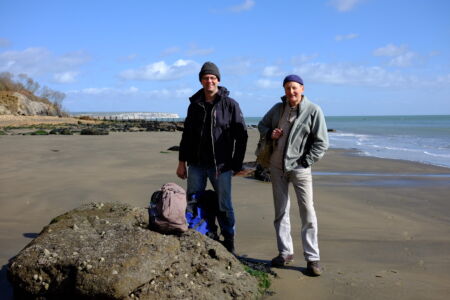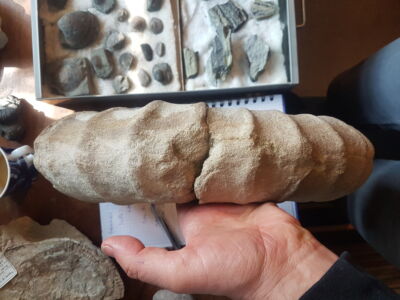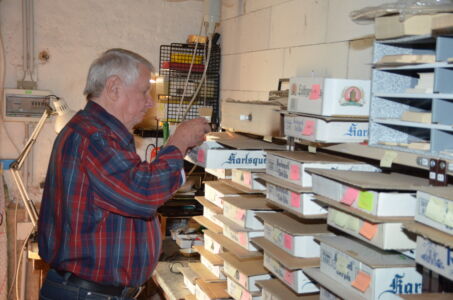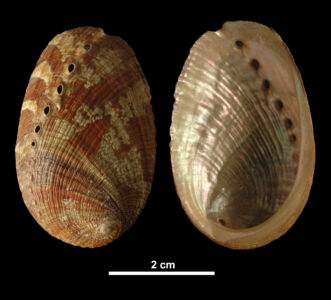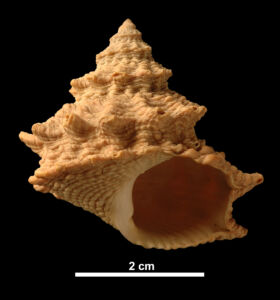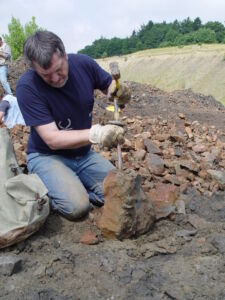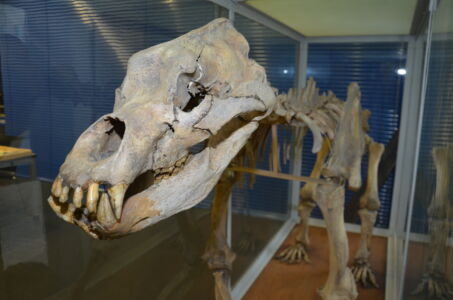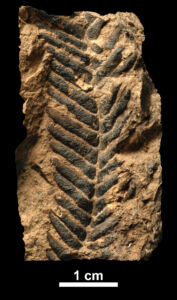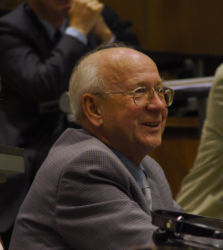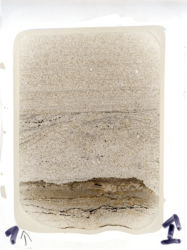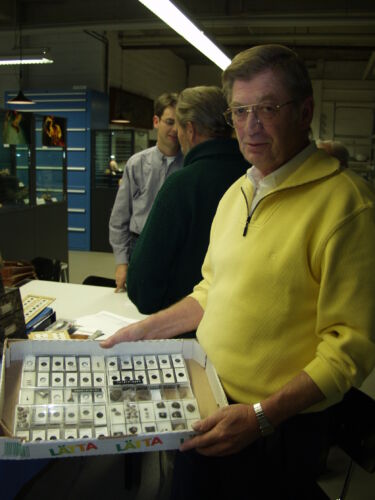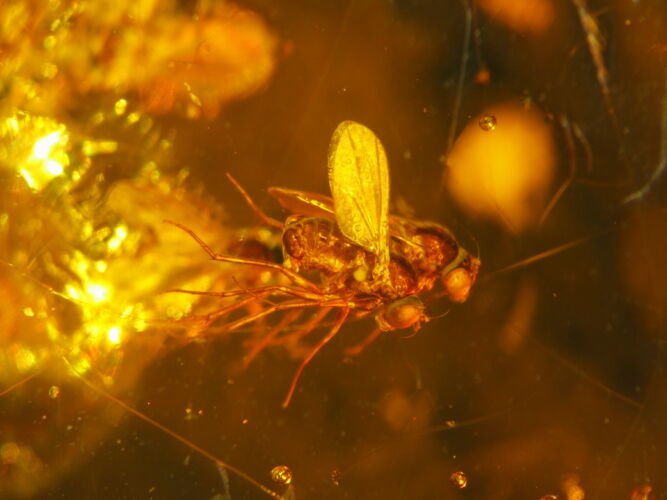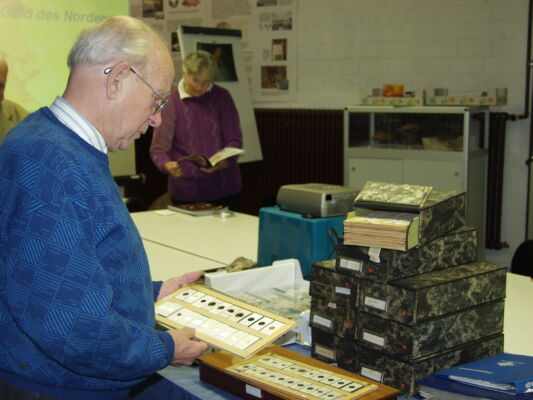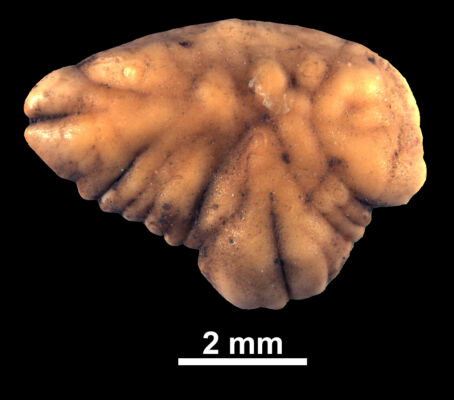Citizen Science
“Citizen Science” is on the advance. More and more research institutions in Germany are working together with laymen, which represents an enormous potential for both sides. On the one hand, many topics would not be dealt with and researched without “Citizen Science”, on the other hand, many laymen fulfill a researcher’s dream and experience a self-realization which they find very satisfying. Citizen Science” is not a new invention, especially palaeontology has always been predestined for this topic (e.g. Sarjeant 1974, Windolf 1993, Hornung 2007). Many amateurs have become outstanding scientists and received honorary doctorates for their services (Hagdorn 1988, Weidert 1989) and awards such as the Karl-Alfred von Zittel Medal of the Palaeontological Society or the German Federal Cross of Merit (Anonymous 1990, Lehmann 2003, 2010; Riegraf 2001; Schweigert 2004, Urlichs & Wild 2016). Although the cooperation between amateur palaeontologists and scientists does not always run smoothly (Haug & Haug 2016, Riegraf 1997, Siber 2018, Maisch 2019), many scientific projects would not have been possible without amateurs (e.g. de Ouden & Pouwer 2018). This also applies to the cooperation between the Geosciences Collection of the University of Bremen and laymen (e.g. Lehmann 2010, 2012).
Cited references
- Anonymous 1990 Geschiebesammler R. Schäfer mit Bundesverdienstkreuz ausgezeichnet; “Lorbeeren” für Freizeitforscher; Wissenschaft braucht engagierte Praktiker – Westfälische Nachrichten 1990 (21) Steinfurter Kreisblatt vom 25. Januar 1990, Münster. (Nachdruck: Geschiebekunde aktuell 6 (1): S. 46, 1 Abb., 1990, Hamburg.)
- den Ouden, N., Pouwer, R., 2018. Professional and amateur palaeontologists – the Dutch Polder Model. The Geological Curator 10(10), 577-584.
- Hagdorn, H., 1988. Das Sammlerporträt: Dr. h. c. Rudolf Mundlos. Fossilien 5(4), 184-188.
- Haug, C., Haug, J.T., 2016. Über die Zusammenarbeit von Hobbypaläontologen und Wissenschaftlern. Der Steinkern(24), 90-93.
- Hornung, J.J., Reich, M., 2007. Krokodile, Schildkröten & Dinosaurier. Die “Wealden”-Sammlung der Universität Göttingen. Fossilien 24(1), 32-36.
- Lehmann, J., 2010. Geologie und Paläontologie des nordwestdeutschen Raumes – die Beiträge von Herbert Menzel. Abhandlungen herausgegeben vom Naturwissenschaftlichen Verein zu Bremen 46(3), 393-396.
- Lehmann, J., 2012. Fossilien aus dem norddeutschen Aptium – Grabungen in Alstätte. Fossilien 29(6), 336-344.
- Maisch, M., 2019. “Fossilschutzgesetze” und kein Ende… Fossilien 36(3), 25-31.
- Riegraf, W., 1997. Saurier verlassen Westfalen. Fossilien 14(4), 200-201.
- Riegraf, W., 2001. Westfälischer Amateurpaläontologe erneut geehrt. Fossilien 18(4), 200.
- Ronzheimer, M., 2014. Die Bürgerforscher. Leibniz-Journal. Das Magazin der Leibniz-Gemeinschaft(3), 26-29.
- Sarjeant, W.A.S., 1974. A history and bibliography of the study of fossil vertebrate footprints in the British isles. Palaeogeography, Palaeoclimatology, Palaeoecology 16(4), 265-378.
- Urlichs, M., Wild, R., 2016. Johann Wegele – Fossiliensammler und Träger des Bundesverdienstkreuzes. Fossilien 33(1), 5-6.
- Windolf, R., 1993. Max Ballerstedt: Dinosaurier-Fährten-Forschung in Bückeburg. Dinosaurier-Magazin Neue Folge(1), 1-4.
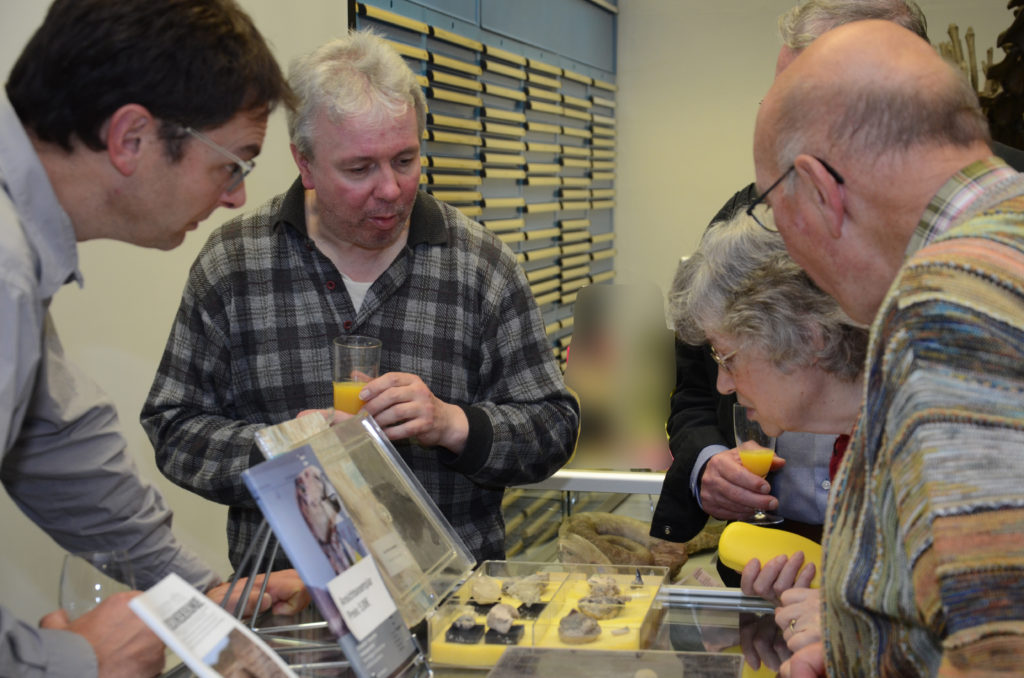
The Ammonoidea of the Lower Greensand – A review
2018 – permanent
The ammonite succession of the Lower Greensand of southern England is basically the European Boreal references for biostratigraphy of the Aptian (Early Cretaceous). In a joint project Mark Bayliss, citizen scientist from London, is cooperating with Prof. Jens Lehmann (University of Bremen) and Martin Simpson (University of Portsmouth) on new material adding to the famous work of Raymond Casey on Lower Greensand Ammonoidea (1960-1980). The goal is to provide a taxonomic review and to review the biostratigraphical framework. A first joint paper was published.
- Lehmann, J., Simpson, M. I., Bayliss, H. M., 2019. A first ammonite fauna from the Walpenites horizon of the upper Aptian (Lower Cretaceous), Isle of Wight, southern England. – Proceedings of the Geologists’ Association.
Lower Cretaceous fossils from the drift of Wolgast-Hohendorf, Mecklenburg-Western Pomerania
2004 – permanent
In this long-term project, a hitherto completely unknown fauna of the Cretaceous period is being scientifically studied. Werner Beckert has compiled a unique collection of material in Wolgast since the 1970s, and cooperated closely with the university about it from 2003 to 2021. Despite his death in 2021 further publications by the staff of the collection are possible and in progress – thanks to his meticulous documentation. The material was deposited at the University of Bremen, what Werner Beckert cared about much.
Translated with www.DeepL.com/Translator (free version)
- Lehmann, J., Owen, H.G., Beckert, W., 2013. A new ammonite fauna from NE Germany – evidence for an Early Albian cooling and the initial transgression in the Danish-Polish Trough. Neues Jahrbuch für Geologie und Paläontologie, Abhandlungen 268, 199-235.
- Lehmann, J., Hoffmann, R., Owen, H.G., Beckert, W., 2016. Cephalopoden aus unterkreidezeitlichen Geschieben der Region um Wolgast-Hohendorf, Vorpommern. Archiv für Geschiebekunde 7, 401-530.
Reconditioning of new malacozoological additions to the Geosciences Collection at the FB 5
Since 2019
The malacozoological part of the Geosciences Collection is of international importance due to its historical core and the type material it contains. It is frequently in demand for scholarly work and has long been curated. By returning larger parts of the collection belonging to Bremen from loans as well as new acquisitions of the last 20 years, a complex of materials is available that is awaiting processing. Jürgen Reinhardt arranges, determines and inventories these parts of the collection and sifting it for his further research.
- Lehmann, J., 2018 Geosciences Collection of the University of Bremen: The recent mollusk compilation, In: Beck, L.A. (Ed.): Zoological Collections of Germany – The Animal Kingdom in its Amazing Plenty at Museums and Universities. Springer, Berlin, pp. 197-212.
Provenance research on selected objects of the Geosciences Collection of the University of Bremen
2016 – continuous
The old holdings of the Geosciences Collection include many objects acquired in historical times. Their provenance often requires further research to be able to use them. Examples are the Bremen cave bear skeleton and a suite of boulders (= rocks transported during the Ice Age) from Gut Wellen in the district of Cuxhaven, North Germany. Werner Liebenberg conducts research via various sources, e.g. the entrance catalogues of the Überseemuseum, the Internet, publications of the Naturwissenschaftlicher Verein zu Bremen, the provenance of selected exhibits or parts of the collection. These are valuable as a basis for research on the content of the objects, and the results are published in the newsletters of the Förderverein der Geowissenschaftlichen Sammlung, which are also available on the Internet.
The Early Cretaceous flora from the Wealden facies at Duingen, Germany
2012 – 2014
Plant fossils from the earliest Cretaceous of Duingen in Lower Saxony were described by Michael Guhl in cooperation with the Geosciences Collection of the University at Faculty 5. In this context, he photographed material from the University’s collection and incorporated the photos into the image database. As an external specialist for palaeobotany Christian Pott (at that time Natural History Museum Stockholm) headed M. Guhl in the special field and Prof. J. Lehmann (FB 5) in stratigraphy and regional geology. The results were published in a peer-reviewed journal in 2014.
- Pott, C., Guhl, M., Lehmann, J., 2014. The Early Cretaceous flora from the Wealden facies at Duingen, Germany. – Review of Palaeobotany and Palynology 201, 75-105.
Thin section investigations of aplites, volcanic rocks and sediments from the border triangle (Poland-Germany-Czech Republic)
2005 – 2008
With the help of a stereomicroscope converted into a polarisation microscope, Herbert Menzel from Bremen examined thin sections of rock from the region of his original homeland in the border triangle. He was supported in both the technical and technical implementation by scientists and technicians from Department 5. Two publications on this topic were published.
- Menzel, H., 2007. Das Zittauer Gebirge – seine Landschaft und Gesteine. Der Aufschluss 58, 165-170.
- Menzel, H., 2008. Aplit auf dem Prudelberg (Wotosza) und der Heinrichsburg (Zamek ksiecia Henryka) bei Stonsdorf (Staniszów) im Riesengebirge (Karkonosze) Polen. Der Aufschluss 59, 155-160.
Processing the historical amber collection of Bremen
2003 – 2005
Peter Kehrenbach prepared the amber collection of the Geosciences Collection for further scientific use. The inclusions were viewed, identified and documented. In addition to his academic work, he also treated amber with dipping varnish for permanent preservation, as amber is threatened with decay when exposed to air. Kehrenbach was no longer able to reap the fruits of his labour himself, but his work formed the basis for several publications.
- Weitschat, W., 2004. Zecken im Bernsteinwald – wahre Raritäten. ImpfDialog 4, 11-12.
- Lehmann, J., 2007. Fossile Zecke im baltischen Bernstein. Fossilien 24, 226-228.
- Dunlop, J.A., Apanaskevich, D.A., Lehmann, J., Hoffmann, R., Fusseis, F., Ehlke, M., Zachow, S., Xiao, X., 2016. Microtomography of the Baltic amber tick Ixodes succineus reveals affinities with the modern Asian disease vector Ixodes ovatus. BMC Evolutionary Biology 16, 1-8.
Statoliths from the Paleo- and Neogene
1996 – 2004
For many years, H. Menzel studied statoliths – the earstones of fish and squid. His research was first accompanied and promoted by the Überseemuseum and from 1996 by the university. Almost 20 publications were published and in 2003 Menzel received one of the highest Citizen Science awards in the field of geosciences for his achievements: The Karl-Alfred von Zittel Medal of the Palaeontological Society (Lehmann 2003, 2010a & b). His sample collection was integrated into the university in 2005, and all the finds were processed in cooperation with FB 5 (Lehmann & Menzel 2005).
- Lehmann, J., 2003. Verleihung der Karl-Alfred von Zittel-Medaille der Paläontologischen Gesellschaft 2003 an Herbert Menzel. GMit. Geowissenschaftliche Mitteilungen 14, 90-92.
- Lehmann, J., 2010a. Geologie und Paläontologie des nordwestdeutschen Raumes – die Beiträge von Herbert Menzel. Abhandlungen herausgegeben vom Naturwissenschaftlichen Verein zu Bremen 46(3), 393-396. (contains a complete list of publications by Herbert Menzel)
- Lehmann, J., 2010b. Statolithen – kleine Fossilien ganz groß. Fossilien 27(6), 359-366.
- Lehmann, J., Menzel, H., 2005. Die Otolithen der Geowissenschaftlichen Sammlung der Universität Bremen – Provenienzen und Katalog der Originale. Abhandlungen herausgegeben vom Naturwissenschaftlichen Verein zu Bremen 45, 657-678.

